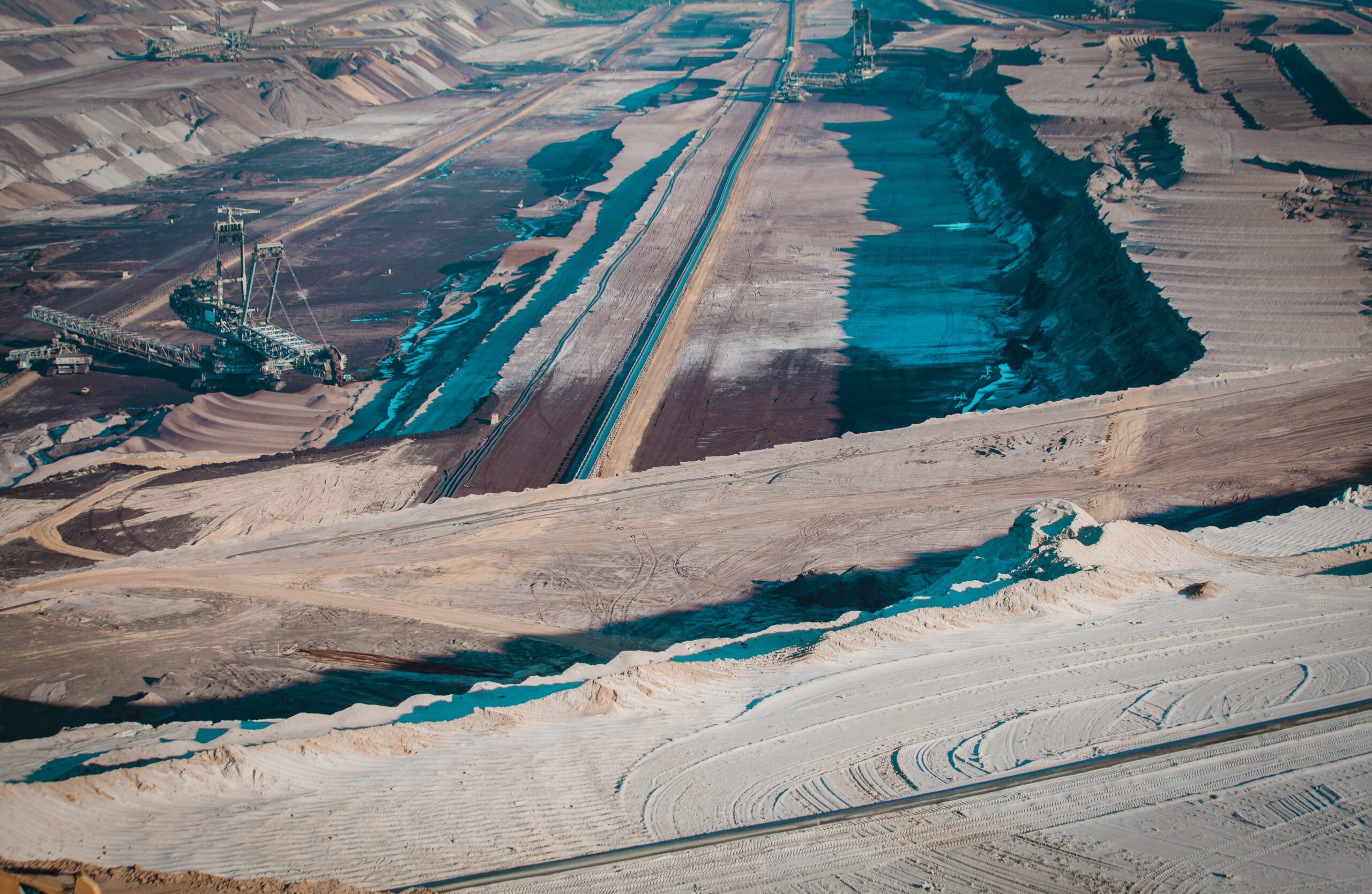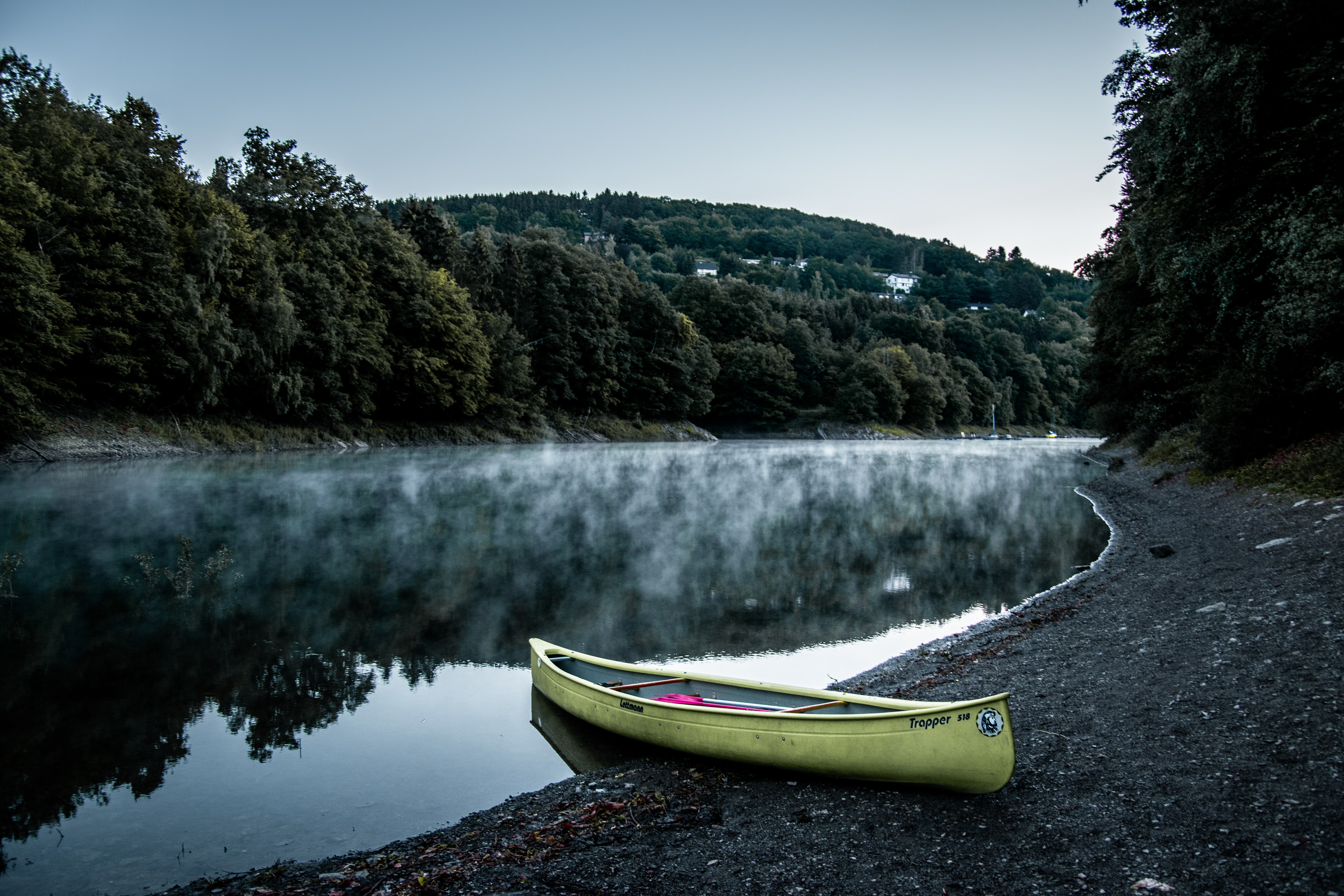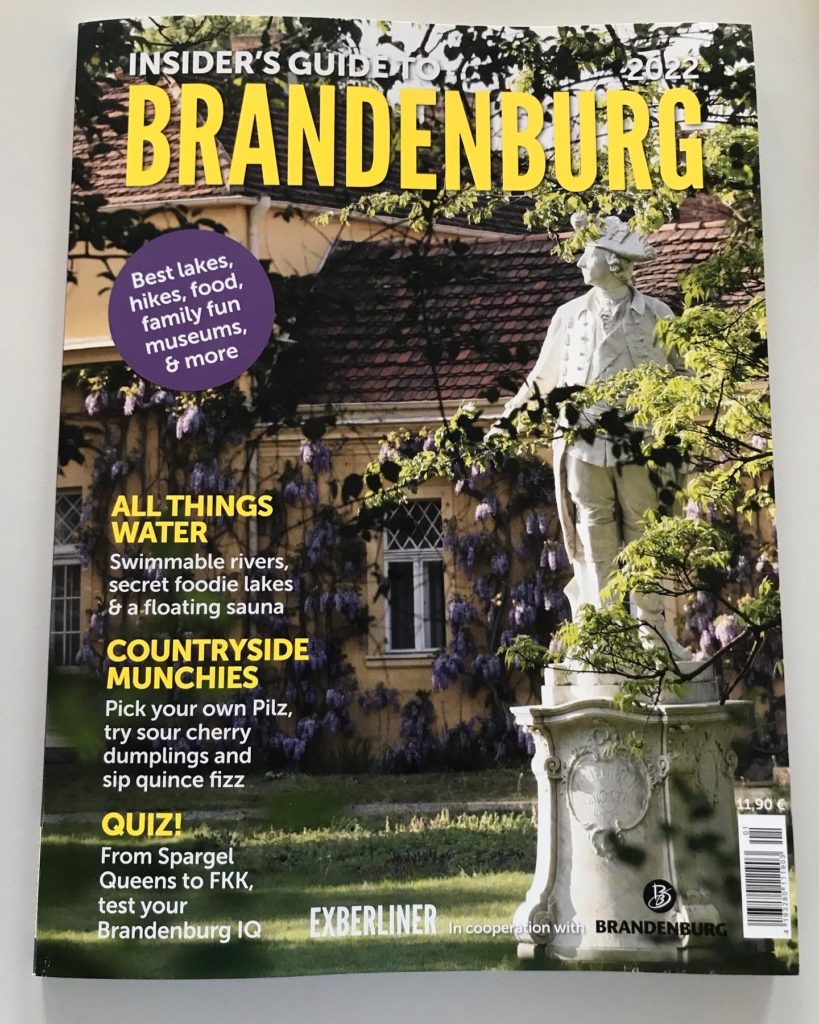Lausitzer Seenland: from coal to canoes

Lausitzer Seenland: from coal to canoes
A barren landscape becomes a world of water
Lausitzer Seenland is a region in major transition. For around 150 years it was shaped by its mining and coal production, with large-scale excavations ravaging the local landscape. Fast forward to today, and you’ll find Europe’s largest artificial water territory has developed where mine pits once stood. The region has more than twenty lakes interconnected by navigable canals, stretching between Berlin and Dresden.
As a result of its transformation from industrial centre to a land of lakes, Lausitzer Seenland is now full of opportunities for holiday makers. There are vast piers, open-air swimming spots, overnight stays at lakeside locations, a wealth of camping sites and plenty of travel-worthy, year-round eateries.
The best way to get your bearings here is out on the water, by motorboat or out on a sailboat with the aid of a cool breeze. Once you find a lake you like, jump right in. More than half of the lakes in the region are swimmable, and they are all dotted around the jewel in the crown, the Senftenberger See, a vast artificial lake with some of the cleanest water in Brandenburg. Fans of aquatic sports will want to set up a base here to try jetskiing and wakeboarding. It doesn’t stop there, though. Lausitzer Seenland is still in development, with many more water-based wonders set to spring up in the coming years.

Lausitzer Seenland – a region decimated by coal mines and machinery has been rebuilt as an outdoor holiday destination
Lausitzer Seenland felt like a pipe dream just a handful of decades ago. It’s moved from being a region pockmarked by coal and energy mines to a modern day water paradise. Hiking trails, cycling routes and watersports centres abound in this region, which has worked hard to shed the mantle of its industrial past, while still acknowledging its importance to the local history.
After miners extracted over two billion tonnes of lignite (brown coal) in Lausitzer Seenland, vast opencast pits were left behind. The changes we’re seeing today began with the happy accident that was Senftenberger See, formed by a flood as water poured from the Black Elster river into the man-made crater. Subsequently, many of the lunar landscapes between Berlin and Dresden have been transformed into lakes, making the area Europe’s largest man-made water landscape. So what are the advantages of lakes created for activities? Shores boasting wide sandy beaches, newly crafted harbours such as Stadthafen Senftenberg, and your pick of watersports, from canoeing to waterskiing. Ten further lakes will soon be added to the fold, creating one large contiguous water landscape connected through a vast network of canals.
Bike tours along new shores
The lakeside trails of the Lausitzer Seenland offer a unique opportunity for cyclists. You’ll be able to cycle close to the open water, but instead of bumpy forest trails, the paths here are flat, wide, and level, so even the clunkiest riders can manage them. The trip around Senftenberger See and Partwitzer See is a particular favourite. You’ll cruise over the Koschener Canal, where you can stop for a bite at the kiosk. You’ll then come across a winning view as you round a bend of Partwitzer See, climbing to an elevated position that gives you a birds-eye view of the glittering green water below. The 3-hour bike trip ends by way of the Barbara Canal, the first canal built in Lausitzer Seenland.
Motor boating – without a licence
One of the fastest and most exhilarating ways to explore the Lausitzer Seenland is by motor boat. No boating licence? No problem. The rental spots will give you the low-down on how to operate the boats before they hand over the keys. Head out to the lakes at Senftenberg, Geierswalde, Partwitz or Bärwalde to start your journey. Luckily, the first three lakes are connected by canals, so you’ll be able to navigate between them and make a day of your boating adventure. They’ve recently added some small marinas around these lakes, so you can drive in, park your boat and stop off at one of the waterside eateries.
The Energie Route
The Energie Route connects a series of original landmarks and monuments that delve into the region’s past. The F60 visitor mine with its overburden conveyor bridge can be seen from afar. A sleeping metal monolith – 80 metres tall, 200 metres wide and half a kilometre long – this tool weighs over 11,000 tons and was once used to remove huge chunks of earth in order to reach the coal beneath. These days, you can chuck on your hard-hat and join the tour of the mines, scaling this industrial giant.
Another option would be the Biotürme Lauchhammer, a series of alien-looking lignite processing towers. You can visit the towers on a guided tour.
From mines to vines at Großräschen Lake
On the steepest slope in all of Brandenburg, sitting right above the newly created Großräschener See lake, you’ll find a family run vineyard. Take a tour with the husband and wife duo Andreas and Cornelia Wobar of Weinbau Wobar, who planted around 5000 vines in 2012 and 2013. The boulder-clay soil gives the grapes, and ultimately the wine, a distinct flavour. September, during the harvest, is probably the best time of year to visit.
Perhaps the best place to get a feel for just how much life here has changed over the last few decades is at the IBA (in English, International Building Exhibition) terraces in Großräschen. Just twenty years ago, these terraces looked over the barren, end-of-the-world landscape of the Meuro opencast mine. Today you’ll see the Wobars’ vineyard and Großräschener See when you stand on the terrace, a perfect encapsulation of the region’s metamorphosis.
This article featured in the Insider’s guide to Brandenburg, a magazine commissioned for the Brandenburg tourism board in spring 2022.

If you want to try your hand at magazine creation in Berlin check out our projects!
